
Articles on Animal behavior
Displaying 1 - 20 of 101 articles

The story of a cutting edge science project, in which solar-powered trackers map the movements of creatures, brims with charming anecdotes, serial frustrations and ‘blue sky’ plans.

Humans aren’t the only animals that have names for each other − and studying animals that use names can teach researchers more about how human names evolved.

Humans have watched and learned from animals who treat their ills with bioactive plants. This animal wisdom has a scientific name: zoopharmacognosy.

When resources are tight, mothers bear the costs of playing with their offspring even as they avoid socializing with others.
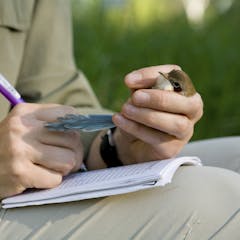
Like all people, the way scientists see the world is shaped by biases and expectations, which can affect how they record and report. Rigorous research methods can minimize this effect.

Since an eclipse only lasts a few minutes, you need more than just a handful of scientists running around collecting data on bird activity. That’s where a new app comes in.
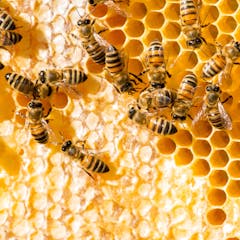
What makes us human? Greek and Roman thinkers were preoccupied with this question. And some of their observations of animals foreshadowed recent findings in the behavioural sciences.
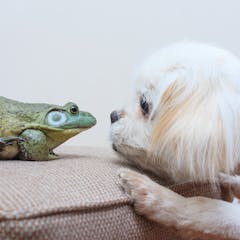
Questions about how to ethically train different kinds of pets depend on the nature of those animals’ inner lives and their abilities to learn.
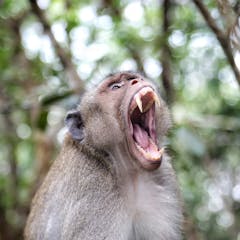
Tourists can do a number of things to avoid dangerous encounters with monkeys.
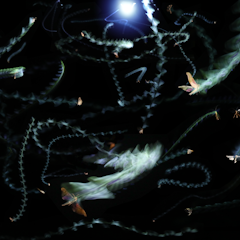
A new study shows how artificial light at night scrambles insects’ normal flight patterns, pulling them off course into orbit around the light.

There are simple explanations for what may seem like complex behaviours in dogs.
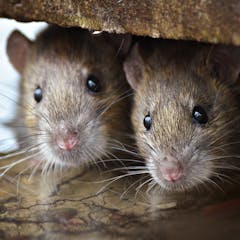
Rats are well known to cause problems for humans. But we need a new approach to our relationship with them.

Rapidly changing temperatures and sensory environments are challenging the nervous systems of many species. Animals will be forced to evolve to survive.

When wild animals survive the initial trauma, blood loss and infection risk without medical help, it’s astonishing that they can adapt to life with three limbs.
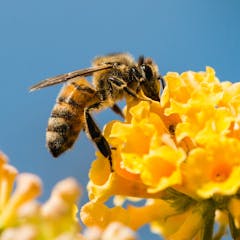
You’re a bee, and your favourite flower is out of nectar. What do you do?
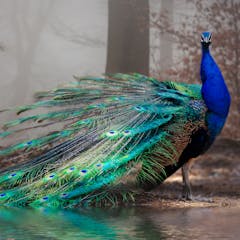
A new study modelled how a game of snog, marry, avoid, may play out in the animal kingdom.
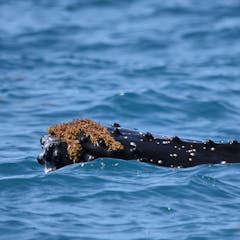
If a whale comes across a patch of kelp, it may well start playing with it. This practice may also be useful to rid whales of unwanted passengers.

Rhesus macaques are known for harassing people in New Delhi, where the G20 summit is being held, so authorities are taking action – but is it the right action?

Research shows urban foxes may not be getting more cunning, as people believe.
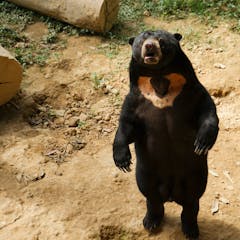
People refuse to believe the videos of sun bears at Huangzhou zoo are real bears .
